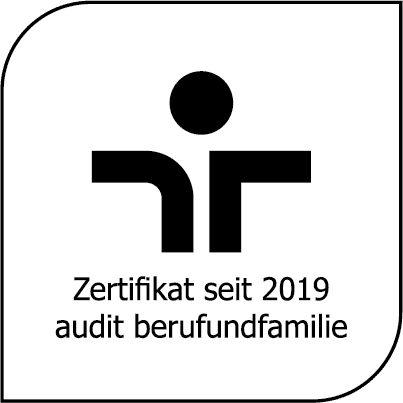Test instruments sorted
Contact person for the Open Test Archive
Gülay Karadere (Dipl.-Psych.)
Research Associate
guek@leibniz-psychology.org
SIT
Schuldinduzierender Szenarien Test
Short abstract
The Guilt-Inducing Scenarios Test (SIT) is designed to assess the guilt experience of individuals with obsessive-compulsive disorder. Its development is based on a collection of 33 characterizing themes of obsessive-compulsive patients, which were reformulated into scenarios. With a total of 22 items, the procedure comprises two scales (1 guilt experience from interpersonal responsibility and consideration, k =13; 2 guilt experience from moral/norm violation and risk aversion, k = 9). Reliability: The internal consistency according to Cronbach of the first scale is α = .91, that of the second scale α = .86. Validity: To test validity, the difference of the constructs compulsion, depression, and guilt was analyzed in persons with and without obsessive-compulsive disorder. The construct guilt in particular showed significant group differences, which could also be revealed by the SIT.
Leibniz Institute for Psychology (ZPID). (2022). Open Test Archive: SIT. Schuldinduzierender Szenarien Test. Available at: https://www.testarchiv.eu/en/test/9008346
Citation
Geissner, E., Knechtl, L., Baumert, A., Rothmund, T., & Schmitt, M. (2022). SIT. Schuldinduzierender Szenarien Test [Verfahrensdokumentation und Testbogen]. In Leibniz-Zentrum für Psychologische Information und Dokumentation (ZPID) (Hrsg.), Open Test Archive. Trier: ZPID.
https://doi.org/10.23668/psycharchives.5247
Short information
Short Name SIT
English Name Guilt-Inducing Scenarios Test
Authors Geissner, E., Knechtl, L., Baumert, A., Rothmund, T., & Schmitt, M.
Published in Test archive 2022
Copyright/Licence Copyright Authors; CC-BY-SA 4.0
Language versions deu
Construct Guilt
Application age Adults
Item number 22 items
Subscales Subscales: (1) Guilt because of interpersonal responsibility and considerateness, (2) Guilt because of morality/norm violation and risk aversion
Application Time 5-7 minutes
Interpretation time > 5 minutes
Internal consistency: according to Cronbach α = .91 (1st scale) and α = .86 (2nd scale).
Studies of group differences in individuals with and without obsessive-compulsive disorder (compulsion vs. depression vs. guilt).
None. As reference values: Means and standard deviations.
Applications Research, Therapy
There is no abstract in English available. Short information about the measure can be found under Overview. More can be found on the German pages.
There is no review in English available. Short information about the measure can be found under Overview. More can be found on the German pages.
First published in
Geissner, E., Knechtl, L., Baumert, A., Rothmund, T., & Schmitt, M. (2019). Schulderleben bei Zwangspatienten. Verhaltenstherapie, 30 (3), 246-255.
Contact information
Dr. Lina Marie Knechtl, Psychotherapie München-Pasing, Praxisgemeinschaft, Landsberger Straße 478, D-81241 München
Prof. Dr. Tobias Rothmund, Friedrich-Schiller-Universität Jena, Institut für Kommunikationswissenschaft, Ernst-Abbe-Platz 8, D-07743 Jena
Prof. Dr. rer. nat. Edgar Geissner, Diplompsychologe, Psychologischer Psychotherapeut, Supervisor, Department Psychologie, Abt. Klinische Psychologie und Psychotherapie, Ludwig-Maximilians-Universität München

 Learn more about us!
Learn more about us! 
